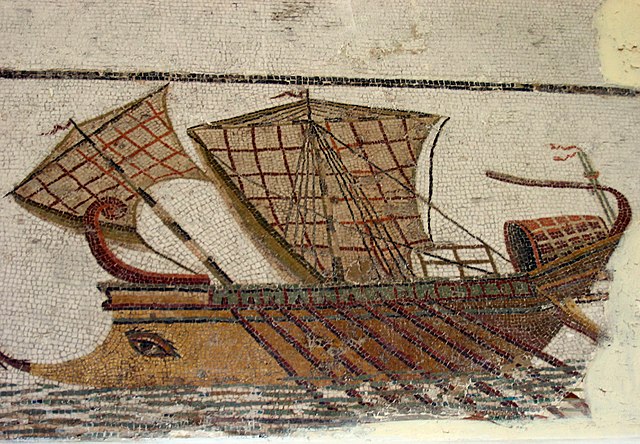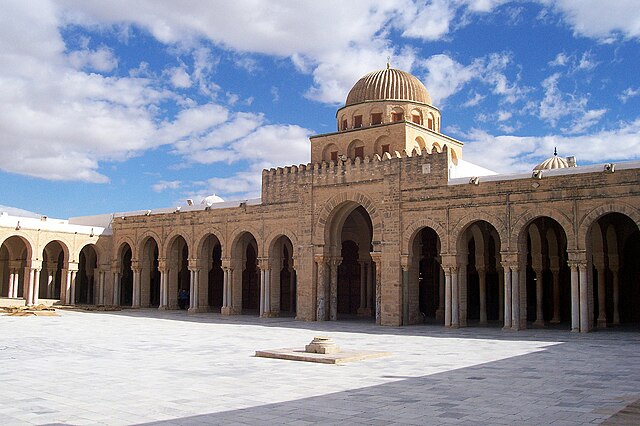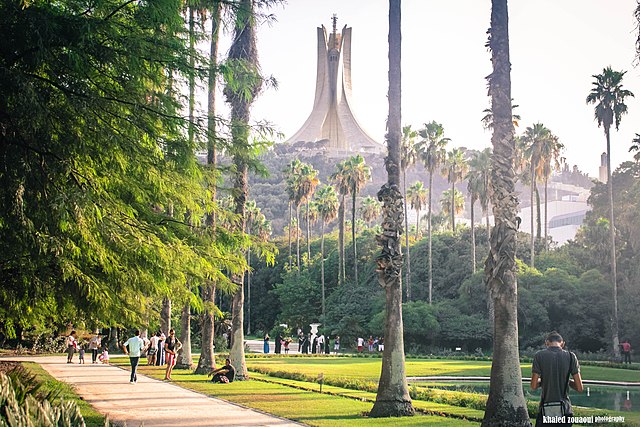The Hammadid dynasty, also known as the Hammadid Emirate or the Kingdom of Bejaia, was a medieval Islamic kingdom located in the central Maghreb, encompassing present-day Algeria. It was established at the beginning of the 11th century when Hammad ibn Buluggin declared himself emir, thus splitting the Zirid domains into two separate dynasties. Under the reign of Emir Al Nasir, the emirate briefly became the most important state in the Maghreb, and reached its greatest territorial extent, stretching from Tlemcen in the west to Tunis in the east, and from the Mediterranean Sea in the north to the desert oasis of Ouargla and Oued Righ in the south. While they briefly controlled the principality of Fez in the west and cities like Sfax, Kairouan, Laribus, and Tripoli to the east.
Hammadid Minaret
The Maghreb, also known as the Arab Maghreb and Northwest Africa, is the western part of the Arab world. The region comprises western and central North Africa, including Algeria, Libya, Mauritania, Morocco, and Tunisia. The Maghreb also includes the disputed territory of Western Sahara. As of 2018, the region had a population of over 100 million people.
Maghreb head ornament (Morocco)
Roman trireme on a mosaic in the Bardo Museum, Tunisia
The Great Mosque of Kairouan, founded by the Arab general Uqba Ibn Nafi (in 670), is the oldest mosque in the Maghreb city of Kairouan, Tunisia.
Algiers, Algeria





